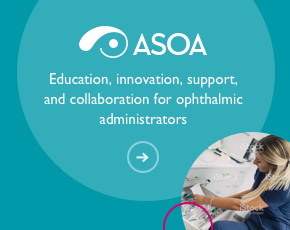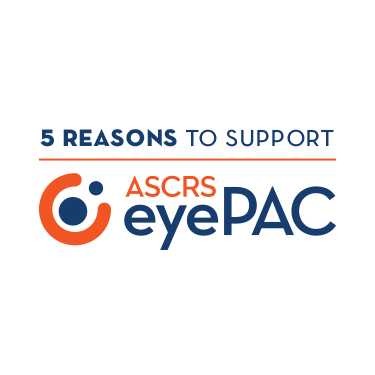Purpose:
To evaluate the need of a validated protocol when using fMRI in the setting of dysphotopsia after cataract surgery
Methods:
Settings: PubMed and Research Gate literature review Three publications utilizing fMRI to characterize neuroadaptation after intraocular lens implantation during cataract surgery where identified using appropriate search terms (fMRI, intraocular lens, dysphotopsia, etc) (1-3). These studies where then analyzed to identify common features and differences, with a focus on the sensory input used, patient characteristics, and statistical analysis of the fMRI imaging.
Results:
All of the articles showed a positive correlation between patient reported glare and fMRI BOLD signal response. Miranda et al. showed that the population receptive field (pRF) size was inversely correlated to the optical properties of the eye. The papers differed in clear discussions of the size of stimulus used, optimization and validation of the fMRI sequence and/or software used (4,5), and most importantly the statistical techniques used including sensitivity studies of cluster sizes, addressing the false discovery rate, and time-scale analysis of the BOLD signals observed. Additionally, no constraints or sensitivity studies of lobar or cortical activation regions were applied.
Conclusions:
The need of a validated protocol to evaluate the role of fMRI to assess neuroadaptation in the settings of dysphotopsia that establishes specific cortex areas to evaluate, standardized visual stimuli, fMRI sequences and software, statistical analysis with cluster size variation, and BOLD signal temporal analysis is needed for future efforts.


